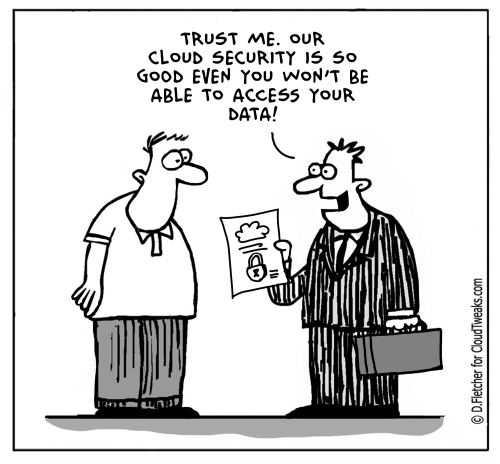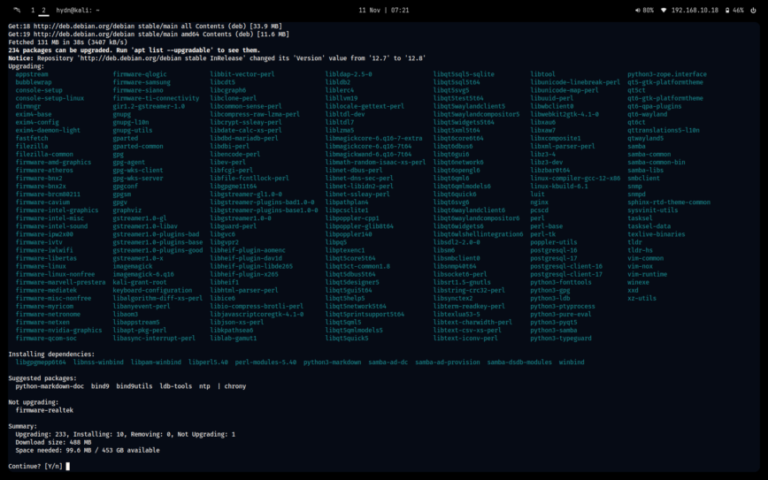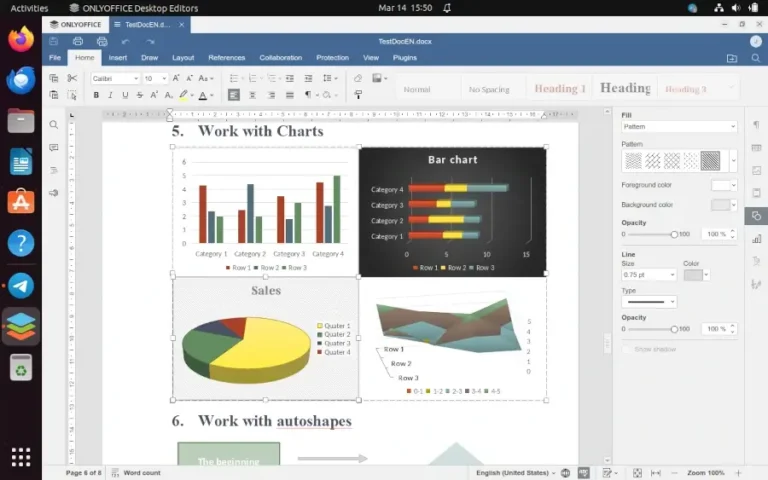AI is leading in the fight against cyber threats. It is flexible and can detect threats before they hit. The future of virus detection appears promising, even though there are still some problems to address.
Artificial Intelligence (AI) is transforming the way we protect our computers from cyber threats. With over 450,000 malware infections detected every day, hackers are constantly finding new ways to attack our devices. AI acts like a smart shield, protecting us from attacks that older software might miss. Several top-rated antivirus protection solutions now leverage AI to detect hidden and unknown threats.
Unlike traditional antivirus software that relies on known patterns to find threats, AI takes a smarter and more flexible approach. This advanced technology can adapt to new types of malware with some AI-powered systems detecting up to 99.9% of cyber threats.
AI becomes more effective at identifying threats using this combination of learning methods.
How Viruses Affect Businesses
There are three main types of learning in AI:
- System and Network damage: Viruses can harm both hardware and software, making computers and networks unusable. They can spread through networks, slowing operations or even halting operations until the problem is resolved.
- Financial losses: Virus attacks can lead to direct financial losses from halted operations, and repairs. For example, the NotPetya ransomware attack in 2017 cost companies like Merck over $1 billion in lost data and disruptions.
- Reputation damage: Virus attacks can severely impact a company’s reputation. In the 2013 Target breach, millions of customers’ card details were compromised, damaging the company’s trustworthiness and impacting sales for years.
- Legal and compliance costs: When customer or employee data is exposed, companies may face fines, lawsuits, and compliance penalties. Equifax faced $700 million in fines in 2018 after a massive data breach exposed the personal data of nearly 150 million people.
- Increased insurance costs: Frequent virus attacks can lead to higher insurance premiums as insurers assess cyber risk levels, making it costly for businesses to maintain their policies.
- Data loss and recovery expenses: Viruses can delete or corrupt essential files, leading to financial losses and operational challenges as data is restored or rebuilt.
Hackers also try to trick AI by making their malware behave like safe programs, a process known as ‘adversarial attacks’. This ongoing “cat-and-mouse” game requires cybersecurity experts to keep improving AI models to stay a step ahead.
Why AI is Key to Finding Viruses
AI combines several powerful techniques to spot viruses:
Virus attacks can impact businesses negatively, highlighting the need for strong protection systems.
How AI Detects Viruses
Unlike traditional antivirus software that relies on identifying known virus patterns, AI takes a smarter, more flexible approach to address the constant increase of new, complex malware infections. By analyzing a combination of safe and harmful data, it can detect threats early, preventing them from escalating into major issues.
Learning from Examples
AI is trained on examples of benign and malicious files through machine learning. It “learns” what characteristics make a file safe or risky by recognizing patterns in the code, allowing it to detect potentially harmful files even if they differ from previous viruses and threats it’s encountered before.
Cyberattacks pose a major risk for both people and businesses. In 2023, the FBI’s Internet Crime Complaint Center (IC3) reported that cybercrime in the U.S. led to .5 billion in losses. With such shocking figures, AI is quickly becoming a powerful tool against cyber threats. It analyzes tons of data, searching for abnormal patterns or activities that could indicate a potential threat. This approach helps identify new, hidden vulnerabilities such as zero-day attacks, that cybercriminals often exploit.
- Supervised Learning: AI is shown labeled examples of benign and malicious files to understand the differences.
- Unsupervised Learning: This involves AI identifying patterns on its own without labeled data, allowing it to discover unusual behavior in files and programs.
- Reinforcement Learning: AI learns through trial and error, receiving rewards for correct decisions and penalties for mistakes.
Tech expert Krishi Chowdhary says the best antivirus software can protect you against spyware, malware, and ransomware. With cybercrime costing the world trillion annually, choosing the right antivirus is crucial. Not all antivirus programs are the same, make sure to check their scanning speed, online protection, compatibility, cost, and user reviews.
Analyzing Behavior
In one example, an AI-powered cybersecurity system developed by Darktrace successfully prevented a ransomware attack on Prospect Medical Holdings, a company that runs hospitals and clinics in various states. The AI system spotted unusual file access patterns and identified them as ransomware. It quickly isolated the affected systems to stop the virus from spreading and prevented a major disaster.
Adapting to New Threats
The impact of computer viruses on businesses can cause significant damage, including:
Key Techniques AI Uses to Detect Viruses
Instead of only scanning files, AI monitors how programs behave on a system. For example, if a file suddenly starts accessing private data or using too many resources, AI flags it as suspicious. This way, AI can identify and detect harmful files by the way these files act rather than just their appearance.
- Anomaly Detection: AI learns what normal computer activity looks like and detects unusual behavior that could indicate a virus. This could be a program suddenly accessing restricted files or making large data transfers.
- Heuristic Analysis: This technique allows AI to evaluate unknown code based on rules and patterns it has learned. Even if a virus doesn’t match a known signature, AI can still identify it based on how similar viruses have behaved in the past.
- Signature and Threat Intelligence Analysis: While AI doesn’t rely solely on virus signatures, it still uses them to enhance detection. AI can quickly pick up on new virus patterns and update its defenses instantly, keeping up with the latest global threats.
Real-Life Example of How AI is Helping Detect Viruses

AI doesn’t just look for virus signatures; it monitors for telltale signs of bad behavior and learns from what it observes. Here’s how AI uses its intelligence to detect viruses:
Challenges and Limitations of AI in Virus Detection
AI is set to play a much bigger role in detecting viruses. New technologies like quantum computing might give AI even more capabilities, making virus detection quicker and more precise than ever. Some scientists are also working on making AI easier to understand to build trust between customers and developers.
While AI is a powerful ally in virus detection, it isn’t perfect. For one, AI sometimes generates false positives, mistakenly flagging legitimate files as threats, which can be disruptive, especially for businesses.
One of AI’s biggest strengths is its ability to learn and improve over time. When a new virus emerges, AI can quickly adapt and learn to recognize it, keeping computers protected even as threats evolve.
The Future of AI in Cybersecurity
Additionally, there are privacy concerns. Companies must balance keeping their customer data safe while also respecting customer privacy.
By Sadie Smith
AI is already making a significant difference in cybersecurity. Major antivirus programs like Microsoft Defender and Norton 360 use AI to improve accuracy and reduce false positives. These tools keep up with new threats by constantly updating themselves allowing them to detect new viruses before they spread.






